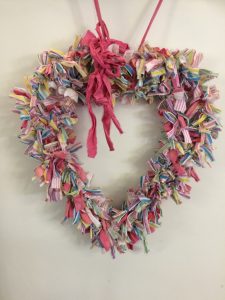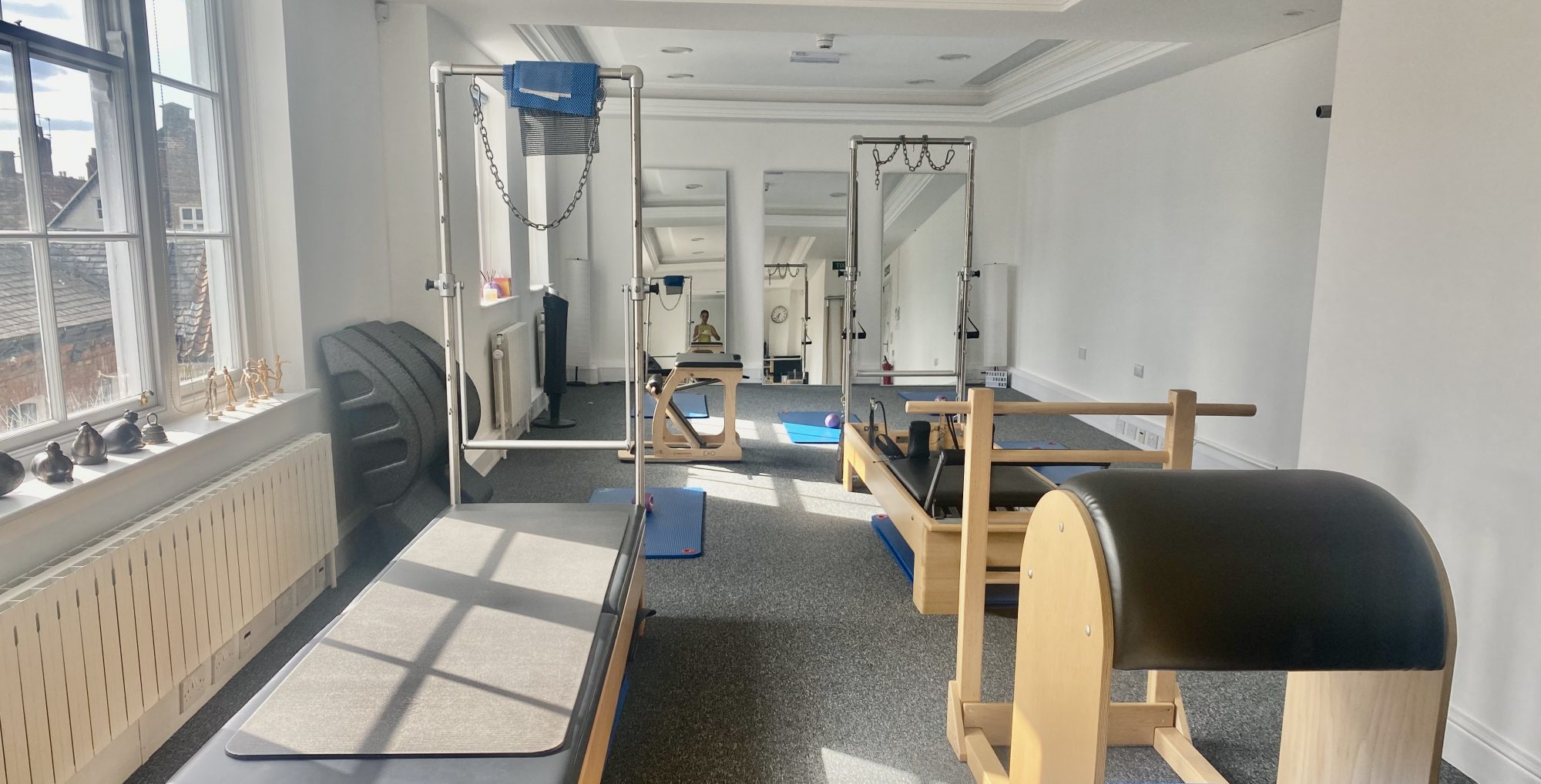 We tend to think of movement as being to do with our limbs, our muscles, our skeleton and overlook the most fundamental movements of all. Deep in our body our heart is beating a rhythm against our diaphragm, and the diaphragm responds by drawing breath into the body.
We tend to think of movement as being to do with our limbs, our muscles, our skeleton and overlook the most fundamental movements of all. Deep in our body our heart is beating a rhythm against our diaphragm, and the diaphragm responds by drawing breath into the body.
The chemical reasoning for this is that we need aerobic energy for our muscles and organs to function and so our muscles demand oxygen in order to create aerobic energy in the cell. Of course it’s not just our muscle tissue which needs oxygen, every cell in the body requires to be fed with a supply. Oxygen is drawn into the body by the expansion of the lungs. In turn, this expansion is caused by the downward movement of the diaphragm, a big dome like muscle which spans the base of the rib cage, right up inside to the base of the breast bone at the front, running all the way around the rim of the rib cage and anchoring down into the the spine. Think of the shape of an umbrella and how you might tip it back over your shoulder when the rain stops. This gives you an idea of the position of the diaphragm.
The diaphragm is attached as far down as the middle of the lumbar spine, so think about how our breath can influence the position and movement of the spine. There’s a significant amount of pushing and pulling going on as a result of the action of the diaphragm. When the diaphragm pulls down into the body, air is drawn into the lungs and oxygen is taken up by microscopic blood vessels, delivered to the heart via bigger and bigger tributaries and finally through the pulmonary veins and into the left atrium. The heart is talked about as a pump which forces the blood through itself and out into the body. Rather, imagine the action of the heart to be like a spinning top, which sends the blood through the heart’s chambers by centrifugal force, causing the blood to flush through the arterial system. If you were to see a heart in dissection you would see how it can be unwrapped and then reassembled almost like a french plait, with the big tributaries forming a braid across the front of the heart. the structure of the heart itself suggests a spiralling motion rather than the image of a mechanical pump, like a bike pump.
We tend to think of our organs as being deep and fixed into position inside their cavities: the heart fixed there and immoveable, the diaphragm and lungs stuck into position, but as we move our too, so our organs move. Not only do we need the heart and diaphragm to be strong and functional in order to send blood around the body and feed our tissues, the organs as entities benefit from being subject to movements involving twisting, turning, reaching, rolling. Make sure you include these types of movements in your workout.

A sense of space in the City